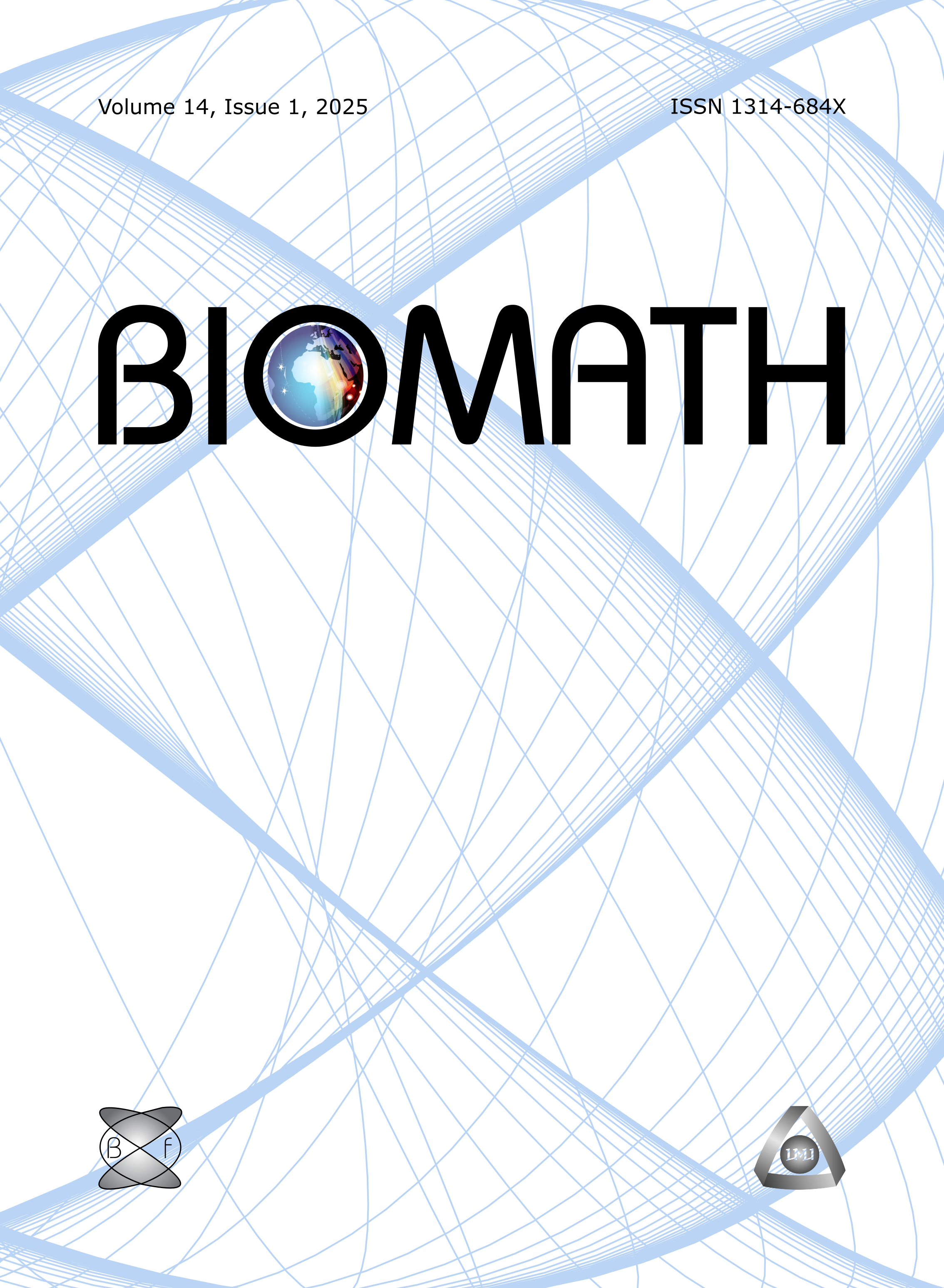Equivalence of mass action and Poisson network SIR epidemic models
DOI:
https://doi.org/10.55630/j.biomath.2023.11.237Keywords:
Configuration model, SIR epidemic equations, Kermack-McKendrick modelAbstract
This brief note highlights a largely overlooked similarity between the SIR ordinary differential equations used for epidemics on the configuration model of a Poisson network and the classical mass-action SIR equations introduced nearly a century ago by Kermack and McKendrick. We demonstrate that the decline pattern in susceptibles is identical for both models. This equivalence carries practical implications: the susceptibles decay curve, often referred to as the epidemic or incidence curve, is frequently used in empirical studies to forecast epidemic dynamics. Although the curves for susceptibles align perfectly, those for infections do differ. Yet, the infection curves tend to converge and become almost indistinguishable in high-degree networks. In summary, our analysis suggests that under many practical scenarios, it's acceptable to use the classical SIR model as a close approximation to the Poisson SIR network model.
Downloads
Published
Issue
Section
License
Copyright (c) 2023 Grzegorz A. Rempała

This work is licensed under a Creative Commons Attribution 4.0 International License.
The journal Biomath is an open access journal. All published articles are immeditely available online and the respective DOI link activated. All articles can be access for free and no reader registration of any sort is required. No fees are charged to authors for article submission or processing. Online publications are funded through volunteer work, donations and grants.
Authors who publish with this journal agree to the following terms:
- Authors retain copyright and grant the journal right of first publication with the work simultaneously licensed under a Creative Commons Attribution License 4.0 that allows others to share the work with an acknowledgement of the work's authorship and initial publication in this journal.
- Authors are able to enter into separate, additional contractual arrangements for the non-exclusive distribution of the journal's published version of the work (e.g., post it to an institutional repository or publish it in a book), with an acknowledgement of its initial publication in this journal.
- Authors are permitted and encouraged to post their work online (e.g., in institutional repositories or on their website) prior to and during the submission process, as it can lead to productive exchanges, as well as earlier and greater citation of published work (See The Effect of Open Access).

